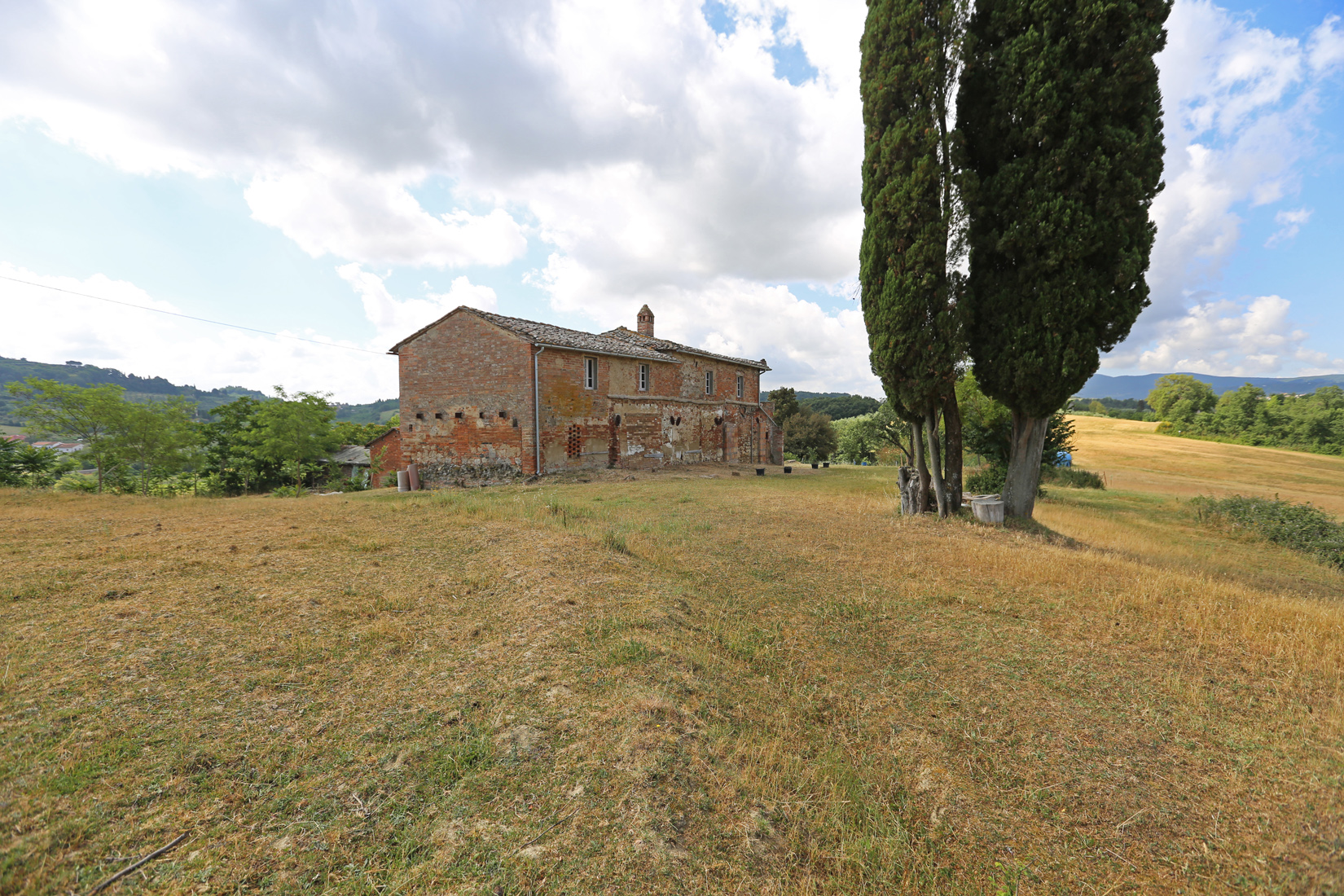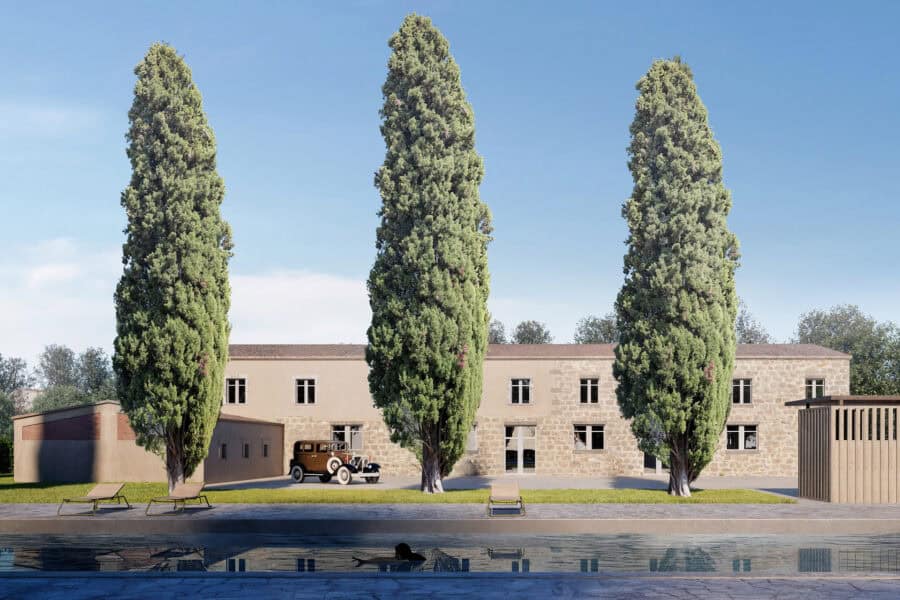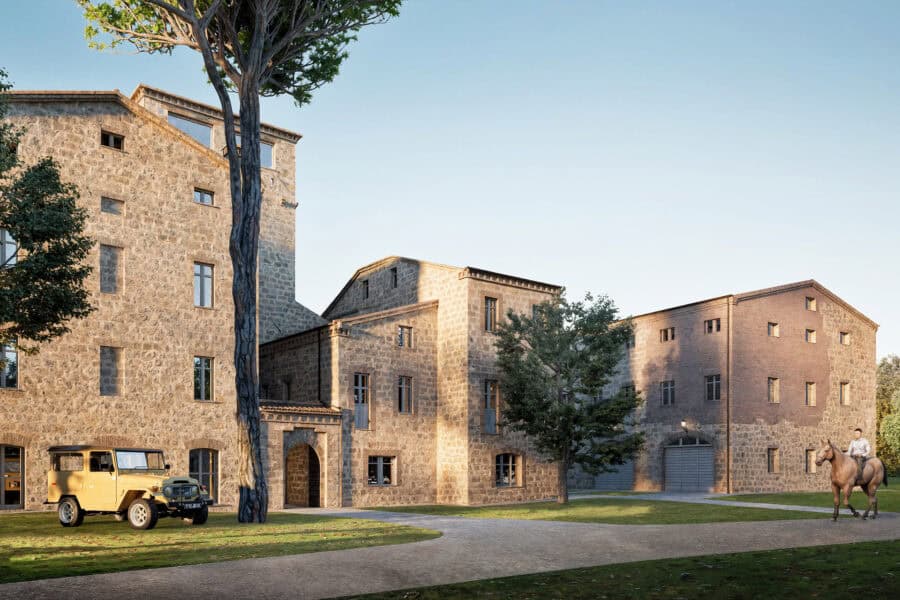We want to give you some information about a very relevant regulation. It is important to know it, especially when you decide to sell or purchase a country estate. The interview to Stefano Rocchini, Studio Associato Rocchini-Terziani.
Good morning. First of all, what does rural properties change of use means?
The change of the designed use of a rural property concerns its rurality qualification loss, i.e. it is not more functional to the agriculture. By discerning the property changing of use for tax or urbanistic proposes, a brief clarification is needed.
The first one consists in the property registration at the Land and at the Building Register Offices. It has become compulsory when, a few years ago, the Rural and Urban Register Offices were transformed into the Land and Building Register Offices, imposing so to present a notification to the Italian Agenzia Delle Entrate – Ufficio Del Territorio.
The urbanistic change of use, instead, consists in making the rural property urban, i.e. redeeming the property from the rural lands for which it was built.
In order to change the use of a rural property, the fees required by Law “Bucalossi” and corresponding to the total amount of the urbanization fees and building costs have to be paid. Which are the bases of the law and the differences between the urbanization fees and the building costs?
The payment rules of this fees are regional. Therefore, it will be possible to express a precise opinion according to the property location only. For instance, regarding the property urbanistic change of use, Tuscany requires a differentiation between the properties which have a:
- property appendant of more than a hectare;
- property appendant of less than a hectare;
Appendant means the property external and directly connected area where the normal rural activities are carried out. Normally, this area is delimitated by the garden, but there can be also areas connected to the buildings and designated to be service areas or, in any case, not farmed.
In the first case, when paying the fees, it is also possible to stipulate an agreement for which the owner commits him/herself, as an alternative to the cash payment, to do some eco-friendly interventions on his/her own lands.
In the second case, instead, the primary and secondary urbanization fees have to be payed (Law Bucalossi), according to the town tabs. Their amount does not have to be lower than the maximum sum identified for the renovation works, as well as it has not to be higher than the minimum sum identified the new construction works.
Regarding the building cost related to the interventions for the property changing of use, it is applied to some specific necessary works only. Article 185, paragraph 5, Legge Regionale Toscana no. 65/2014, establishes a percentage to be payed to the Municipality. Usually, according to a survey done by the appointed specialist, it is between the 6-8% of the works total amount.
Why have the owner to pay this fees to the Municipalities?
The owner have to pay this fees or, as said before, to do the equivalent works needed because those are “aimed to improve the environment and landscape of the rural territory” as provided for in article 85, paragraph 5, Legge Regionale Toscana no. 65/2014.
Are there any owners categories exonerated from this payments?
Yes, the owners who, as primary activity, are farmers (the Italian I.A.P.) can abstain from the changing of use of their residential property.
We know that you know Law 133/94 well. Regarding the payments of the changing of use fees, this law offers some interesting possibilities of exoneration: may you tell us which are those possibilities?
The law you mentioned offers a great exoneration opportunity. Usually, because of its strong connection to the fiscal sector, it is not known in the architects and designers one. To be more precise, this law is addressed to Law 26/02/1994 no. 133, paragraph 9 and, dealing with fiscal regulations, it is applicable to the whole national territory. In order to obtain the exoneration, the property conditions needed are essentially two:
- that, under Law 47/85 and as rural property, the property was subject of conditional amnesty for works done without planning permissions;
- that the property was registered at the Building Office within 12/31/1998.
In order to make this Law applicable, it is necessary to attach an owner’s declaration to the building permissions, together with a copy of the building amnesty and of the occurred registration within the before mentioned date.
After this detailed examination, we have a question. What are the risks for a vendor who does not know if any changing of use has ever occurred for his/her own country house? Which are the owner’s duties to be known and respected?
Precisely because of the existing regulations complexity and quantity, as well as in order to know the urbanistic and cadastral situation of your own property, my suggestion for the vendors is to entrust themselves to a qualified specialist.
Moreover, it has to be underlined that, in any case, the property registration is mandatory. For the non-fulfilment of that, the established penalty can vary from 1.032,00 € to 8.064,00 € and it includes also the possible non-payed taxes of the last 5 years. By an urbanistic point of view, there is no exact terms to change the use of a property, but it is believed that it should be done when, both because of company or owner’s qualification changings, its rural requirements are no more existing. If that happens, its non-fulfilment may bring to an amnesty for this new urbanistic position. The payment is of the double of the normal urbanization fees total amount or, in case of gratuitousness as pursuant to paragraph 9, article 9, Law 02/26/1994 no. 133, of the fees as normally required.
It has to be specified that if both the vendors and buyers prove the existence of subjective rural requirements and the farm results to be of sufficient dimension, it is not necessary to change the urbanistic use of the property in object.
Finally, even if the competent subjects owing farm businesses have registered their property at the Building Register Office, they will be able to maintain their taxes exonerations. In particular, the I.A.P. (Imprenditori Agricoli a titolo Principale – farmers whose only or main activity is farming) have the right to realize and/or maintain rural annexes and to realize and/or maintain residential rural buildings. Regarding the non-I.A.P., they can realize and/or maintain rural annexes, but they cannot maintain and/or build residential rural buildings. Clearly, the principle of the realization and/or maintenance of rural annexes and residential buildings in line with the rural land extension is valid for both the categories.
We really thank the Surveyor Rocchini for his time.










1 thought on “Regulation for the change of use of rural properties: the interview to the Surveyor Stefano Rocchini”
Generally I do not learn post on blogs, but I wish to say that this write-up very compelled me to check out and do it!
Your writing taste has been surprised me. Thanks, very nice post.